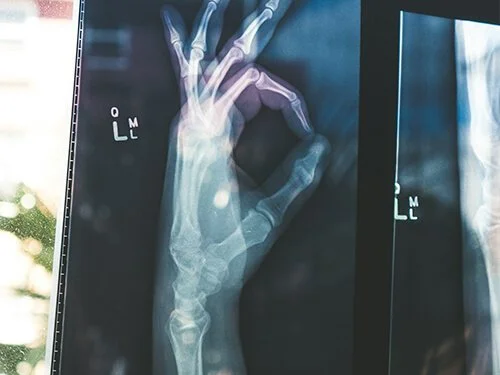
Welcome to The World of 5G Broadcast
5G Broadcast is a revolutionary technology built upon global standards enabling highly efficient, direct-to-mobile content delivery from low power TV stations, bypassing cellular congestion, to reach many users simultaneously.
What brings you to 5GBC today?
To get the latest news about 5G Broadcast
To learn how 5G Broadcast works
To get 5G Broadcast technical specs
To see Global 5G Broadcast deployment progress
To network with 5G Broadcast specialists
All the Information You Need in One Place
The 5G Broadcast Collective works in collaboration to advance, research, educate, and lobby on behalf of 5G Broadcast deployment worldwide while providing resources to support broadcasters and government officials for local deployments.
See Global Deployment Progress
Connect with Industry Experts
Latest 5G Broadcast News
5G Broadcast 101
Current Standards/Specifications
Industry Events
XGN releases ‘Introduction to 5G Broadcast’ Whitepaper
Curious about 5G Broadcast? XGN's new white paper is your gateway to understanding this revolutionary technology. Forget congested networks; 5G Broadcast delivers content directly to mobile devices with unmatched efficiency. Imagine broadcast-style delivery, but for your smartphone. One signal reaches many, freeing up bandwidth and ensuring seamless viewing. This paper demystifies the technology, explaining how it works and its potential to transform mobile media consumption. Whether you're a tech enthusiast or simply curious, this is your starting point for exploring the future of mobile content.
Read More →
Questions?
We Have Answers!
This technology is poised to revolutionize how we consume live TV and radio on the go.
To help you navigate this exciting space, we've compiled a comprehensive FAQ page. Get clear answers on:
What exactly is 5G Broadcast?
How does it differ from traditional cellular networks?
What are the potential use cases for broadcasters?
And much more!
Whether you're a tech enthusiast, a broadcaster, or simply curious about the future of media, this resource is for you.
Read More →














